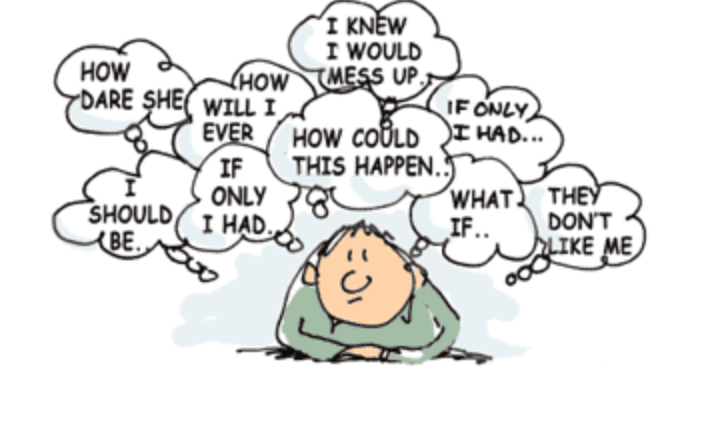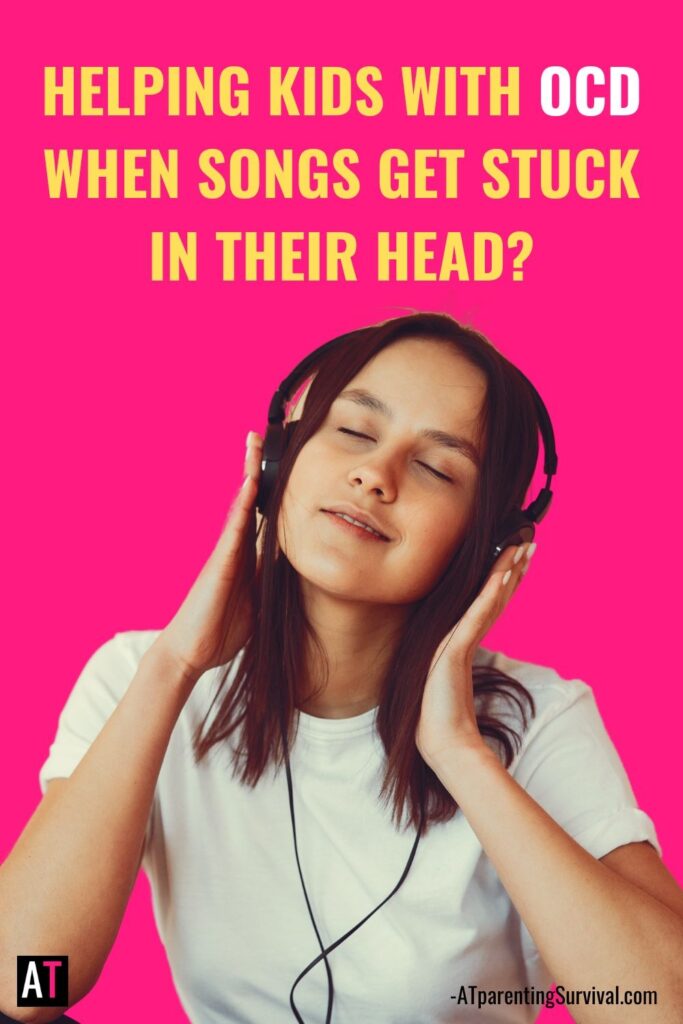Thoughts Getting Stuck In Your Head

The persistent echo of unwanted thoughts is a common human experience, but for some, these intrusive thoughts can become debilitating. Researchers are increasingly focused on understanding the mechanisms behind why thoughts get stuck, and how individuals can manage this often distressing phenomenon.
The experience, often described as thoughts "getting stuck," involves the repetitive and unwelcome intrusion of specific thoughts, images, or urges. This article explores the nature of these intrusive thoughts, their potential causes, and strategies for managing them effectively.
Understanding Intrusive Thoughts
Intrusive thoughts are involuntary and often distressing cognitions that can range from simple worries to graphic or disturbing images. According to the American Psychological Association (APA), these thoughts are not inherently dangerous, but their persistence and the associated anxiety can significantly impact mental well-being.
These thoughts can take many forms, including worries about contamination, fears of harming oneself or others, or unwanted sexual thoughts. The National Institute of Mental Health (NIMH) notes that the content of intrusive thoughts is often ego-dystonic, meaning they are inconsistent with a person's values and beliefs, further contributing to distress.
Anyone can experience intrusive thoughts, but they are more prevalent in individuals with certain mental health conditions.
The Link to Mental Health
While occasional intrusive thoughts are normal, their frequency and intensity can be indicative of underlying mental health conditions. Obsessive-Compulsive Disorder (OCD) is perhaps the most well-known disorder associated with intrusive thoughts.
In OCD, individuals experience recurrent, unwanted thoughts (obsessions) that cause significant anxiety or distress. They then engage in repetitive behaviors or mental acts (compulsions) to alleviate this distress. Dr. Judith Beck, president of the Beck Institute for Cognitive Behavior Therapy, emphasizes that the key differentiator between normal intrusive thoughts and OCD is the level of distress and the need to perform compulsions.
Intrusive thoughts are also associated with anxiety disorders, post-traumatic stress disorder (PTSD), and depression. Studies have shown that individuals with anxiety disorders may misinterpret intrusive thoughts as dangerous or indicative of a loss of control, leading to increased anxiety and rumination.
Why Do Thoughts Get Stuck?
The mechanisms behind why thoughts get stuck are complex and not fully understood. Cognitive behavioral theories suggest that negative appraisals of intrusive thoughts play a significant role. When individuals interpret intrusive thoughts as meaningful, important, or indicative of a personal flaw, they are more likely to focus on them, leading to increased distress and persistence.
Neuroimaging studies have identified abnormalities in brain regions associated with cognitive control and emotional regulation in individuals with OCD and other disorders characterized by intrusive thoughts. These regions include the prefrontal cortex, the anterior cingulate cortex, and the basal ganglia.
Researchers at Yale University are exploring the role of neurotransmitters, such as serotonin and dopamine, in the development and maintenance of intrusive thoughts. Medications that modulate these neurotransmitter systems, such as selective serotonin reuptake inhibitors (SSRIs), are often effective in reducing the severity of intrusive thoughts in individuals with OCD and other related disorders.
Strategies for Managing Intrusive Thoughts
Several evidence-based strategies can help individuals manage intrusive thoughts and reduce their impact on daily life. Cognitive Behavioral Therapy (CBT), particularly Exposure and Response Prevention (ERP), is considered the gold standard treatment for OCD.
ERP involves gradually exposing individuals to situations or thoughts that trigger their obsessions while preventing them from engaging in compulsions. This process helps individuals learn to tolerate the anxiety associated with intrusive thoughts without resorting to avoidance or ritualistic behaviors.
Mindfulness-based techniques, such as meditation and mindful breathing, can also be helpful. These techniques teach individuals to observe their thoughts without judgment, allowing them to detach from the content of the thoughts and reduce their emotional impact.
Seeking Professional Help
If intrusive thoughts are causing significant distress or interfering with daily life, seeking professional help is crucial. A qualified mental health professional can provide a comprehensive assessment and develop a personalized treatment plan. Resources like the International OCD Foundation (IOCDF) and the Anxiety & Depression Association of America (ADAA) offer valuable information and support for individuals struggling with intrusive thoughts and related conditions.
The key takeaway is that intrusive thoughts are a common human experience, and effective treatments are available. Understanding the nature of these thoughts and seeking appropriate support can significantly improve quality of life and mental well-being.


















